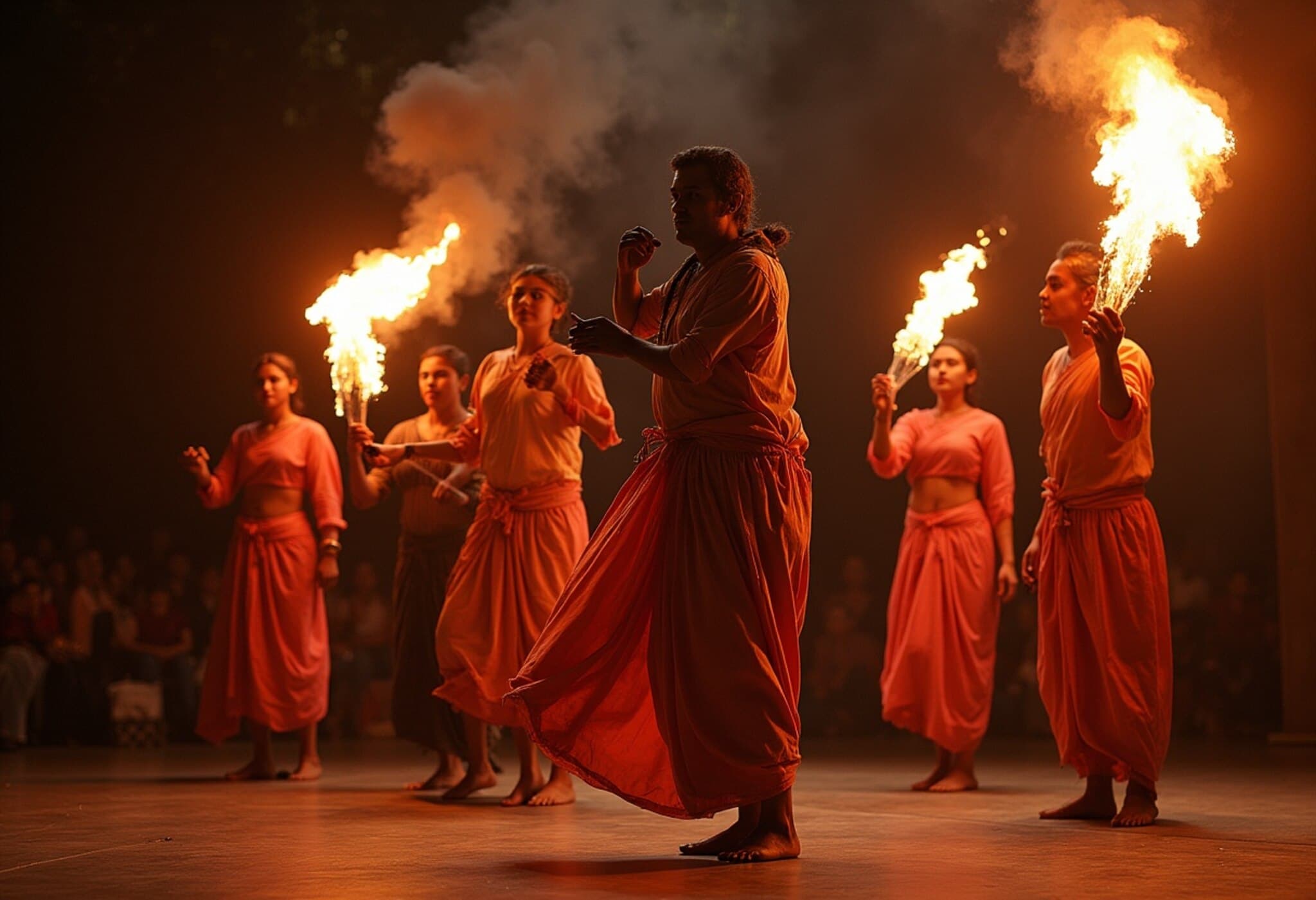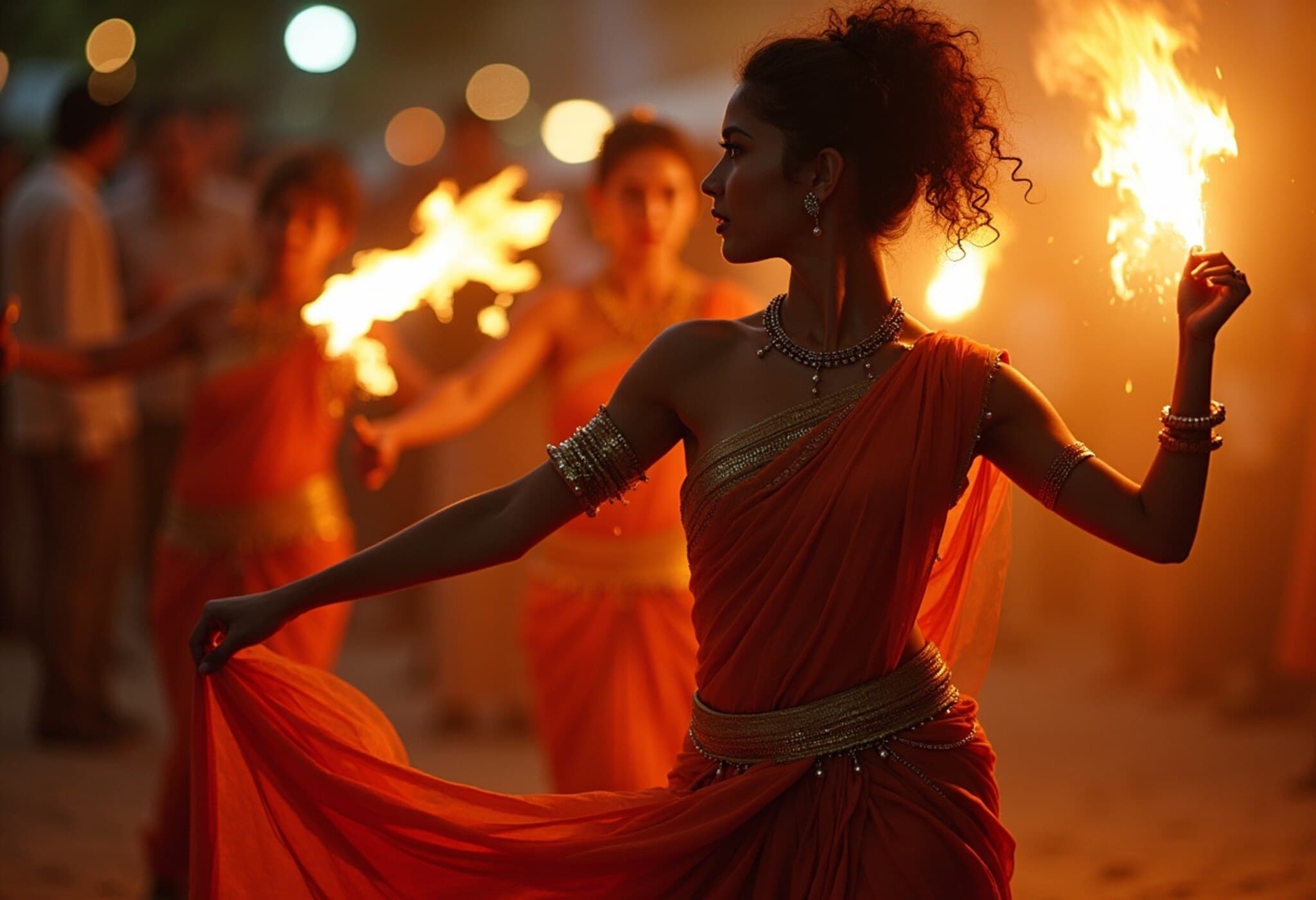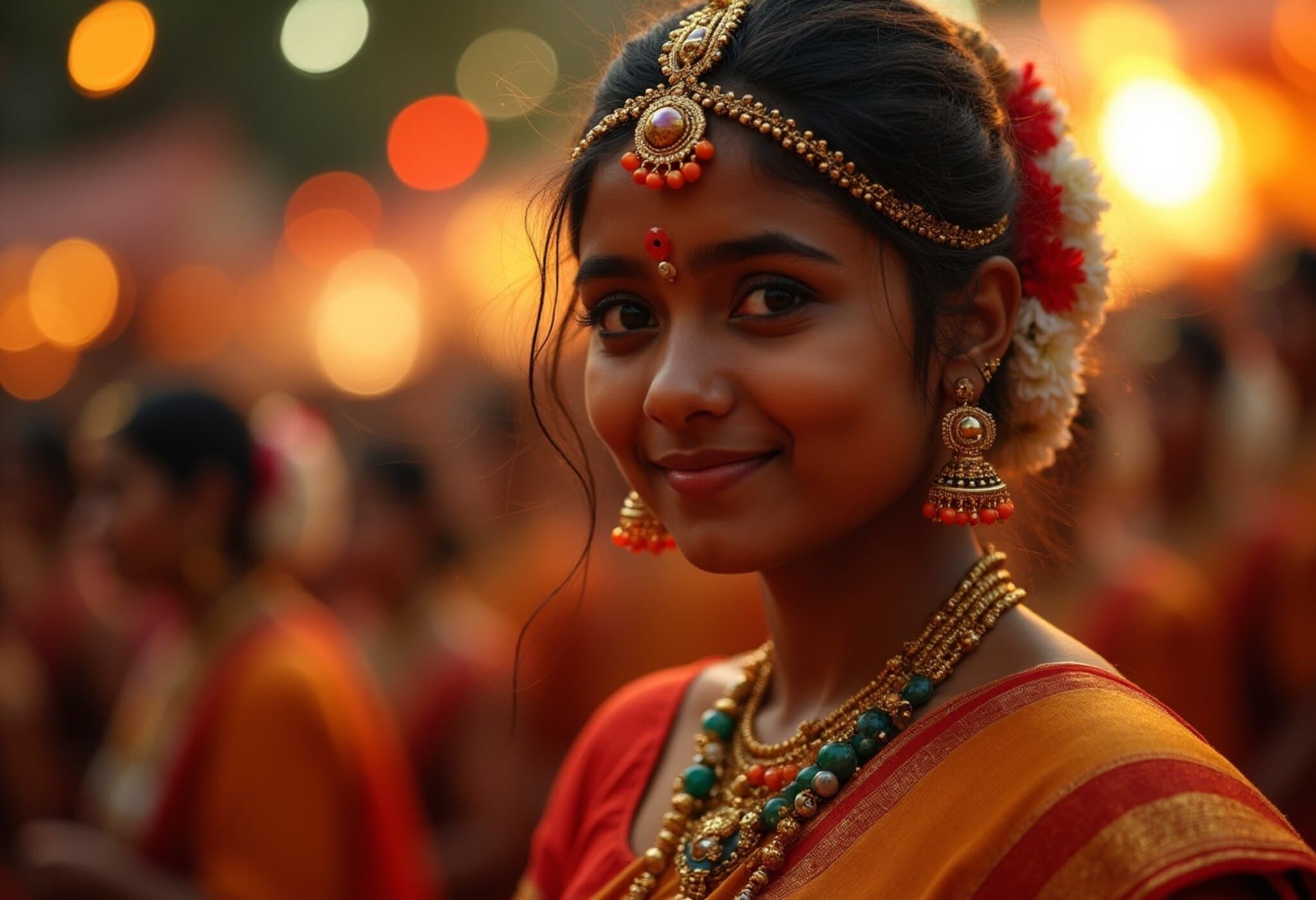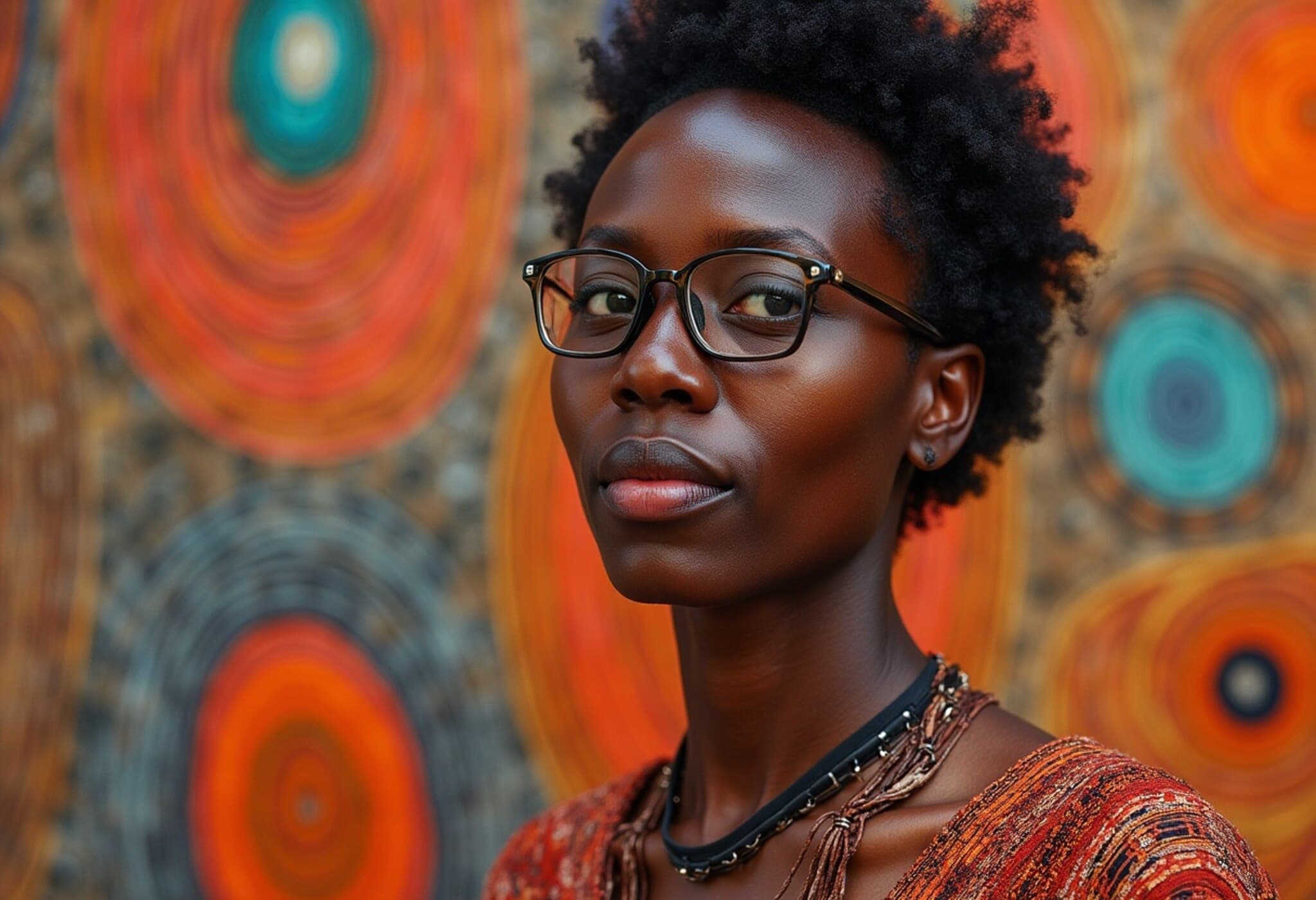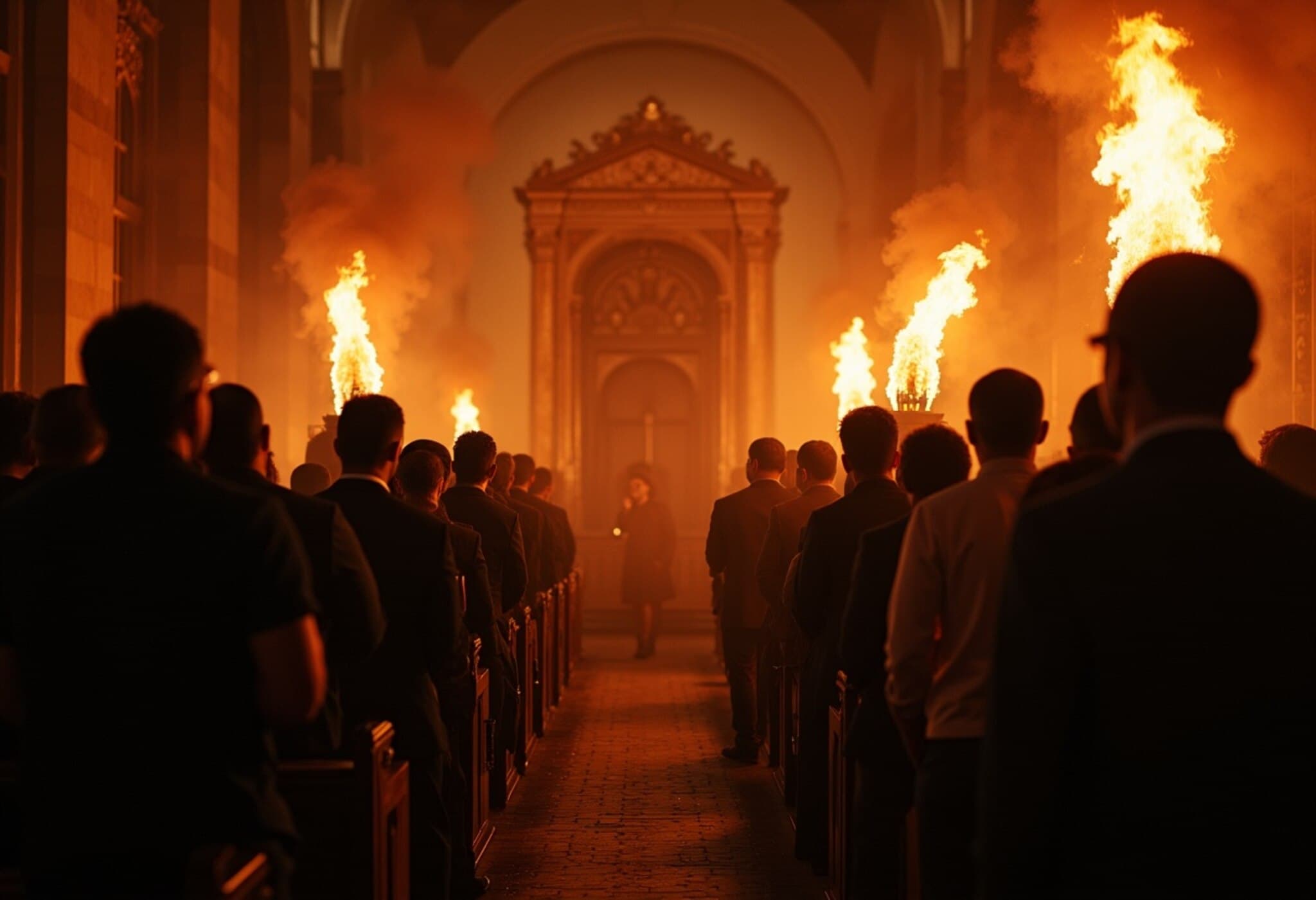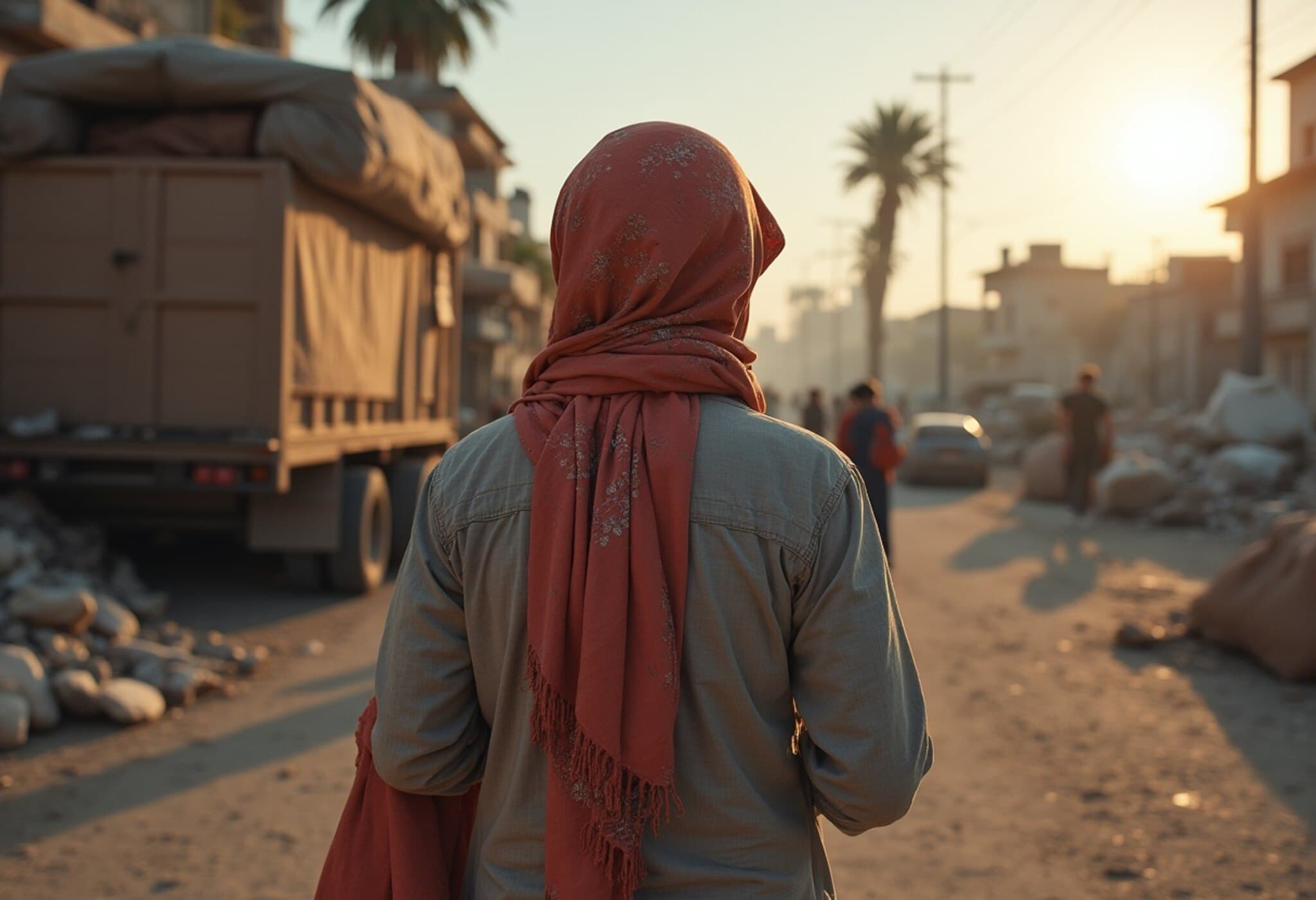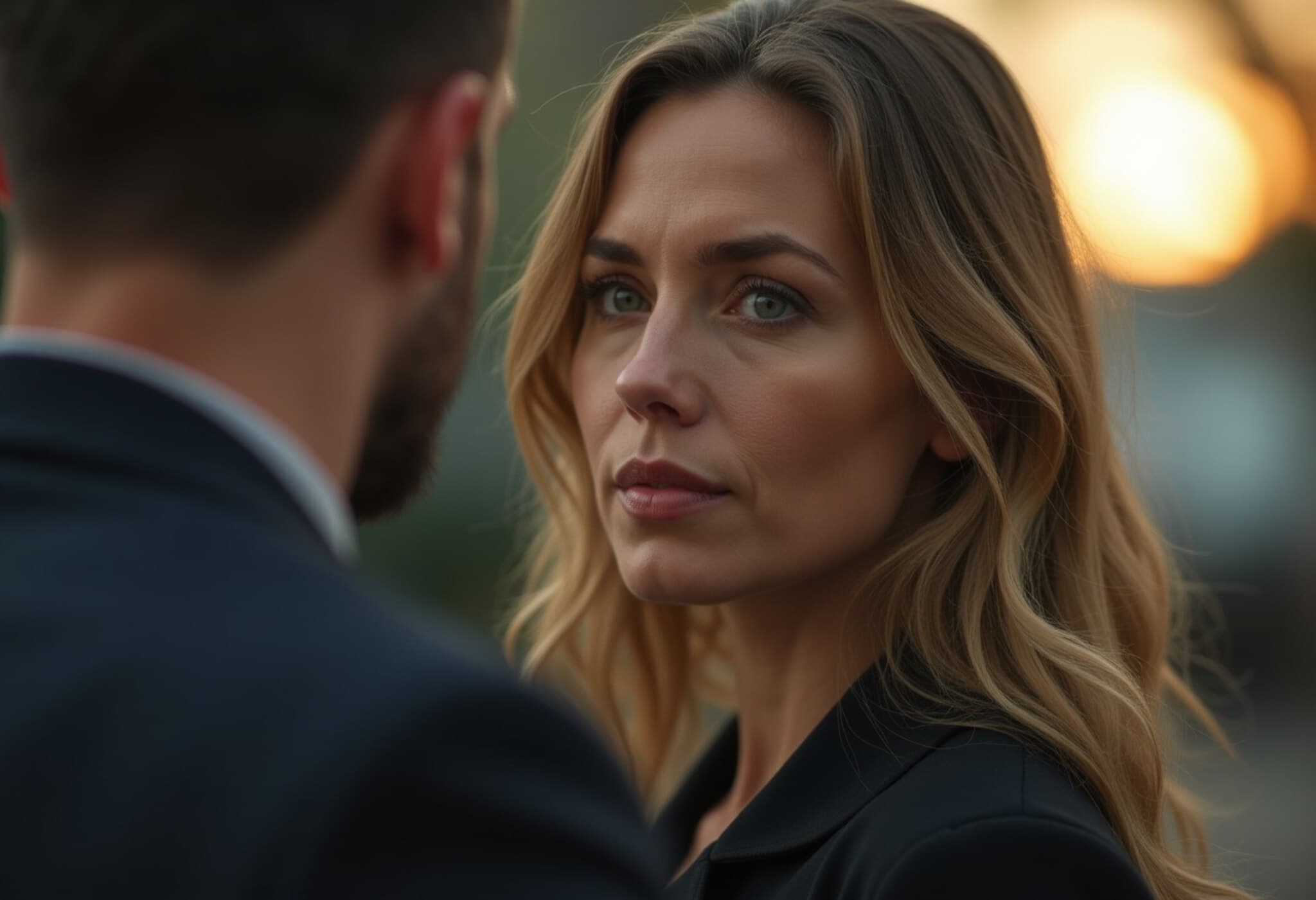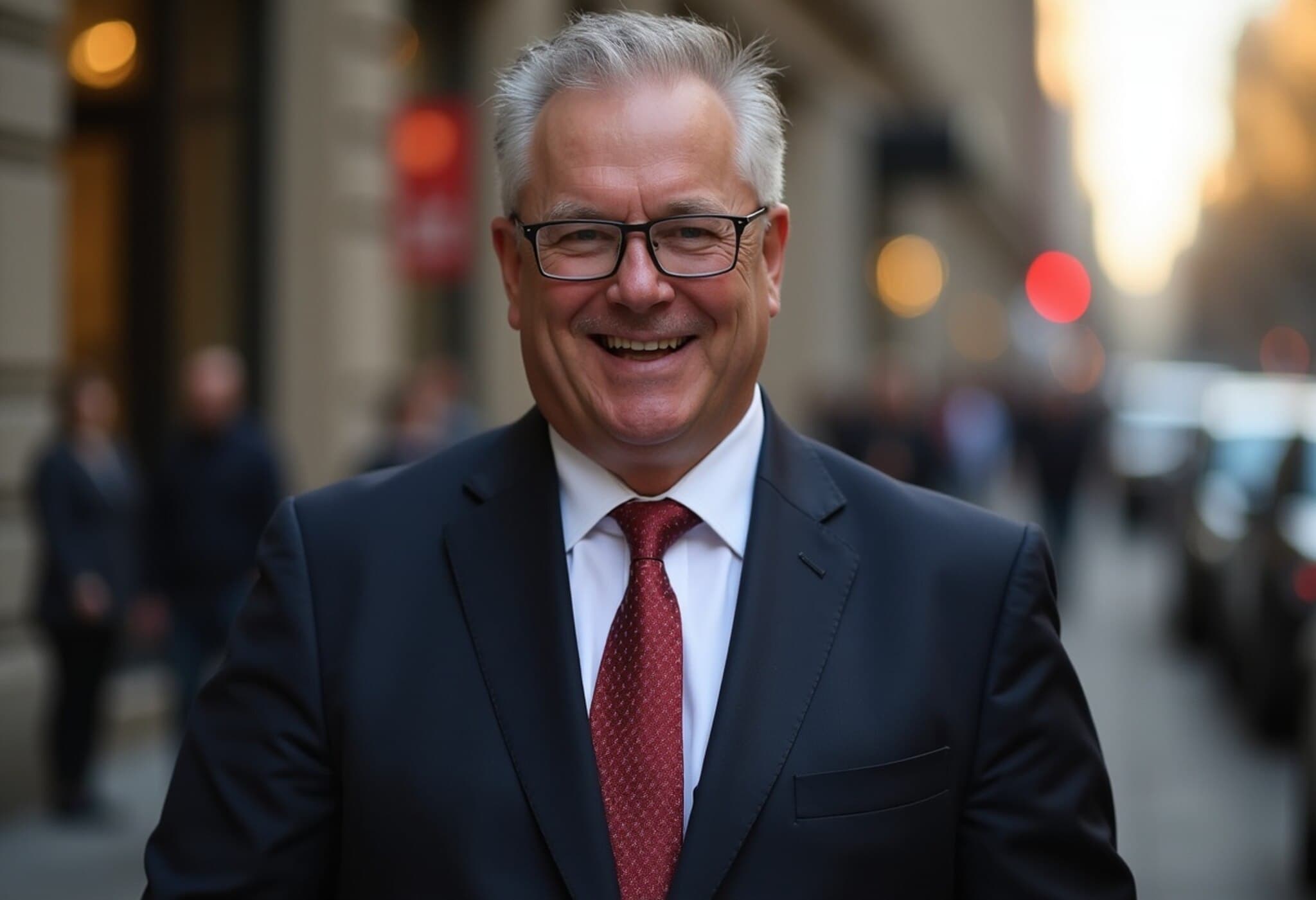From Melbourne to the World Stage: The Remarkable Rise of Danielle de Niese
Danielle de Niese’s life story unfolds much like the opera roles she masterfully inhabits: filled with drama, unexpected turns, and ultimately, a triumphant crescendo. Born and raised in Melbourne to Sri Lankan Burgher parents, de Niese’s path was anything but ordinary. An early passion for opera blossomed into an international career that has taken her from child stardom on Australian television to the illuminated stages of the world’s most prestigious opera houses.
Today, at 46, de Niese is not only a celebrated lyric soprano recognized for her dazzling portrayals of iconic characters such as Cleopatra and Carmen, but also a key figure within the British aristocratic arts circle through her marriage to Augustus Christie, heir to the renowned Glyndebourne Festival. This juxtaposition of humble beginnings and regal association embodies a modern fairy tale that resonates far beyond the confines of classical music.
Early Spark: Young Talent Time and the Australian Foundation
Few would associate an eight-year-old with aspirations of opera, let alone imagine the global stages awaiting her. Yet de Niese was already immersed in performing arts, having honed skills through ballet, jazz, choir, and television commercials. Her early victory on the iconic Australian show Young Talent Time as “Discovery of the Year” at nine was a glimpse of her undeniable star quality.
Her mother Beverly recalls those days filled with relentless practice and an insatiable curiosity for the arts. Despite the multitude of outlets available, young Danielle gravitated distinctly toward opera, enthralled by the genre's unique blend of dramatic storytelling and vocal challenge. This passion propelled her family to uproot their lives, migrating to the United States to provide de Niese with advanced training opportunities, including a scholarship at the prestigious Colburn School in Los Angeles.
Making Her Mark at the Metropolitan Opera and Beyond
By fifteen, de Niese was already performing professionally with the LA Opera, and at sixteen, she expanded her reach to television, winning an Emmy as a host of L.A. Kids. Her Met Opera debut at nineteen in Mozart’s Le Nozze di Figaro placed her alongside titans of opera and marked her as one of the youngest artists ever enrolled in the Lindemann Young Artists Development Program.
Critics and colleagues alike have praised her for an exceptionally pure, agile lyric soprano voice paired with an innate storytelling ability — qualities that elevate her performances beyond mere vocal display to stirring theatrical embodiment.
The Art of Storytelling: More Than Just Singing
Danielle de Niese defies the stereotype of opera divas focused purely on vocal acrobatics. Her philosophy centers on the power of narrative. She insists that her characters must feel authentic and relatable, even within the often melodramatic world of opera.
“I want everything to feel so believable that the audience believes this could happen in real life,” de Niese explains. Melbourne Theatre Company director Anne-Louise Sarks echoes this, lauding de Niese’s rigor and creativity in interpreting characters.
Her commitment to fresh, nuanced interpretations has led her beyond traditional opera settings — including work in world premieres like Bel Canto and acclaimed performances in the West End and television adaptations — further broadening opera’s appeal to contemporary audiences.
A Royal Stage: Life and Love at Glyndebourne
De Niese’s personal story is inseparably intertwined with Glyndebourne, the historic Sussex estate and opera festival founded by her husband Gus Christie’s family nearly a century ago. This intimate setting with its 1200-seat opera house and pastoral grounds hosts thousands during its festival season, all while maintaining a fiercely independent spirit without public funding.
Their meeting was, by all accounts, serendipitous. Gus, the festival’s executive chairman, recalls the moment he recognized her on arrival — a sign that destiny was at play. Their relationship evolved with the ebb and flow of international careers until marriage in 2009 and the joyful addition of two children. Even motherhood, with its typical challenges such as temporary vocal strains, has only deepened de Niese’s artistic maturity.
Resilience and Grace Amid Adversity
While her trajectory has been studded with successes, de Niese’s journey has also encountered obstacles — from wardrobe mishaps and last-minute role fill-ins to personal trials like performing opening night after a miscarriage. These experiences underscore a resilience and professionalism that endear her not only to audiences but also to her peers.
Her narrative highlights a vital aspect often overlooked in stories about classical artists: the human behind the star. De Niese carries her platform with humility, serving as an ambassador for causes like the International Rescue Committee and inspiring young people to dream regardless of background.
Conclusion: An Opera Life That Continues to Inspire
Danielle de Niese’s life is a compelling example of how passion, talent, and opportunity converge to create a career that bridges continents and cultures. From the neighborhoods of Melbourne to the aristocratic halls of Sussex, her story challenges conventional notions of what it means to succeed in the arts today.
Her journey is a testament to the power of nurturing young talent and providing holistic support — family, education, and opportunity — while never losing sight of one’s artistic soul.
Editor’s Note
Danielle de Niese’s story prompts us to consider broader questions about arts accessibility and cultural exchange. How can nations better support prodigious talent to thrive globally without forcing personal sacrifice? Moreover, her emphasis on storytelling reminds us that art, in any form, resonates most when it reflects genuine human experience. As opera seeks to stay relevant in the 21st century, embracing such authenticity will be key.


